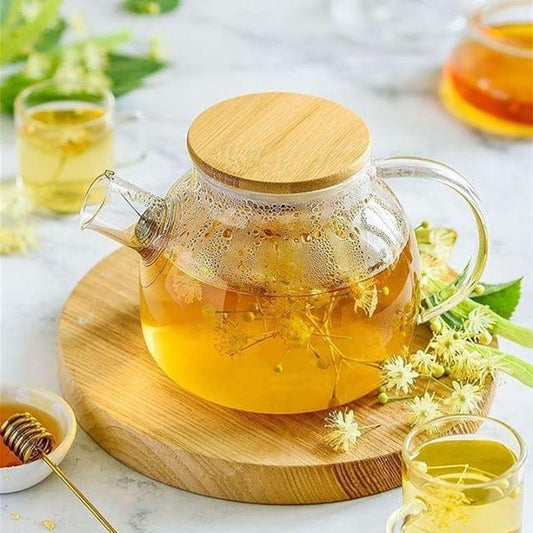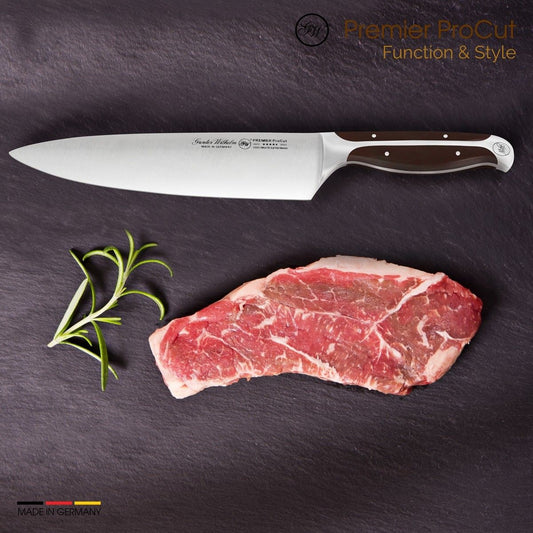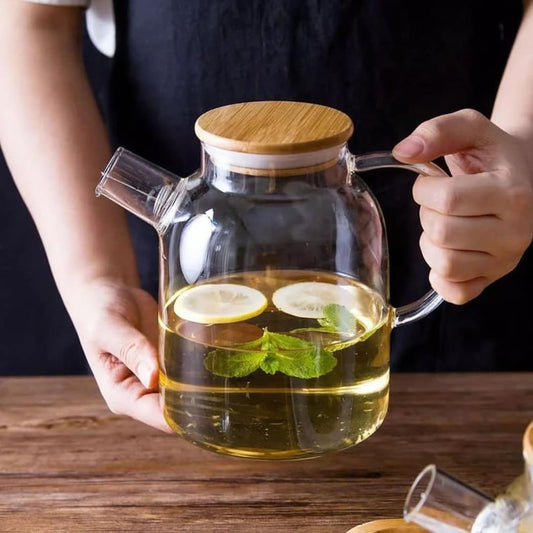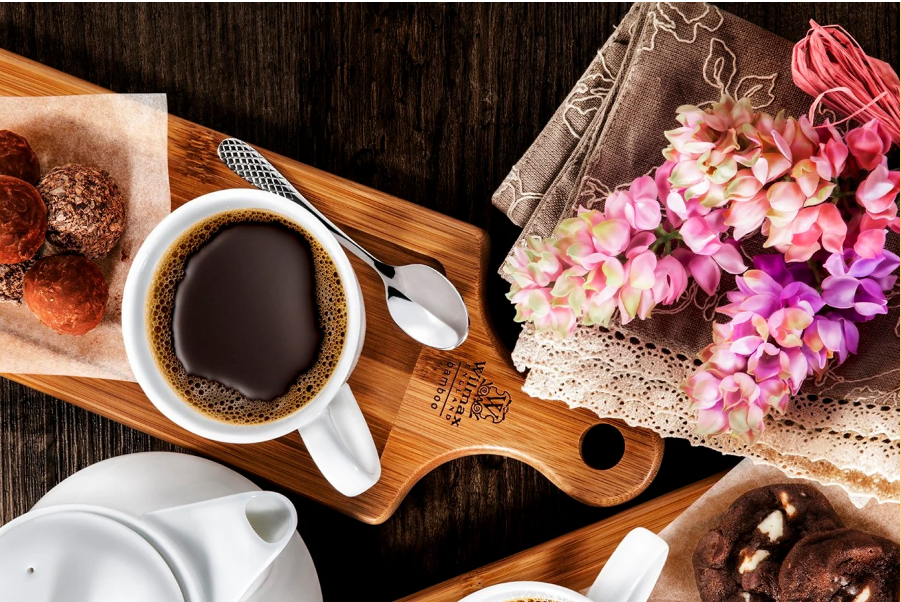Cooking with Smoke: How to Add Complexity and Depth to Your Dishes 🔥🍖🌫️

There’s something primal and irresistible about the aroma of smoke curling through the air. For thousands of years, humans have used smoke to cook, preserve, and flavor food—and today, it remains one of the most powerful tools for creating bold, unforgettable dishes.
Whether you’re grilling over charcoal, using a smoker, or experimenting with smoke-infused ingredients, this guide will help you unlock a whole new layer of flavor in your kitchen or backyard.
Why Cook with Smoke? 🤔
Smoke doesn’t just cook your food—it transforms it.
-
Adds Complexity 🧠: The natural compounds in wood smoke interact with fats and proteins, creating deep, layered flavors.
-
Creates Umami 🧂: Smoked foods often develop a rich, savory taste that lingers.
-
Preserves Naturally 🧊: Smoke can extend shelf life and keep bacteria at bay.
-
Triggers Nostalgia 🏕️: From campfires to BBQ joints, smoky flavor brings back comforting memories.
The Basics of Smoking 🛠️
To cook with smoke, you need two things: heat and wood. The heat cooks the food; the wood provides the smoke that flavors it.
🔥 Types of Smoking
-
Hot Smoking: Cooks food fully at temperatures between 200–300°F (93–149°C). Great for ribs, brisket, chicken.
-
Cold Smoking: Infuses flavor without cooking. Used for cheese, salmon, or nuts.
-
Smoke Roasting: Combines traditional roasting with smoky flavor—think whole chickens or turkeys on the grill.
Choosing the Right Wood 🌳
Each type of wood imparts a different flavor. Use hardwoods (never softwoods!) and match the smoke to your ingredients:
-
Hickory: Bold, bacon-like flavor—ideal for pork and ribs.
-
Mesquite: Strong and earthy—great for red meat.
-
Applewood: Sweet and light—perfect for poultry and pork.
-
Cherry: Mild, fruity notes—excellent with fish and vegetables.
-
Oak: Versatile and balanced—good with almost anything.
Tools for the Home Cook 🧰
You don’t need a massive smoker to enjoy smoky flavors.
-
Charcoal Grill with Wood Chips: Just add soaked wood chips on top of the coals.
-
Dedicated Smoker: From offset to pellet smokers, there are many models for serious enthusiasts.
-
Smoking Gun: A fun tool that adds cold smoke to cocktails, cheese, or desserts.
-
Smoked Ingredients: Use smoked salt, smoked paprika, or liquid smoke for an easy flavor boost without any equipment.
Beginner-Friendly Smoked Dishes 🍽️
-
Smoked Chicken Thighs: Juicy and easy to master.
-
Smoked Salmon or Trout: Cold or hot smoked for salads or appetizers.
-
Smoked Vegetables: Bell peppers, mushrooms, eggplant—they all love a smoky kiss.
-
Smoked Mac and Cheese: Creamy comfort food with an edge.
-
Smoked Garlic: Spreadable, rich, and absolutely addictive.
Tips for Perfect Smoke Flavor 🧑🍳
-
Go Low and Slow: Let the smoke build gradually. Rushing can make food bitter.
-
Don’t Overdo It: Too much smoke can overpower. Start with less and adjust.
-
Vent It Right: Allow airflow so smoke circulates—not just sits and chokes the food.
-
Use a Water Pan: Keeps moisture in and helps control temperature.
Final Thoughts: Let the Smoke Speak for Itself 💨❤️
Smoke is one of the oldest cooking ingredients—but it never goes out of style. When used thoughtfully, it adds mystery, warmth, and a soul-satisfying depth to everything from brisket to berries.
So whether you're lighting up the backyard smoker or adding a whisper of smoke to a cocktail, embrace this ancient technique and let it work its magic. Your taste buds will thank you.
Share:





